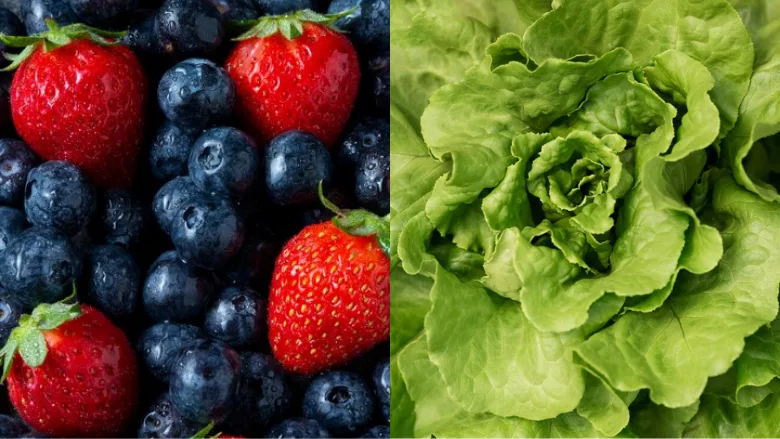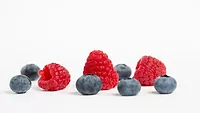Scientists Seek to Develop Improved Tests for Norovirus, Hepatitis A on Berries, Leafy Greens

Images credit: Freepik
An ongoing research project funded by the Center for Produce Safety (CPS) seeks to develop improved norovirus and hepatitis A contamination tests for berries and leafy greens.
At present, testing for viral contamination in produce is challenging due to the difficulty of sampling and concentration, as well as the likelihood of false positives occurring; yet, the food safety risk of viral contamination of these commodities remain significant. For example, according to a 2024 report by the Food and Agriculture Organization of the United Nations (FAO)/World Health Organization (WHO) Joint Expert Meeting on Microbiological Risk Assessment, frozen berries contaminated with hepatitis A virus and norovirus are virus-commodity pairs that present the highest global public health burden.
The CPS-funded project is led by Susana Guix, Ph.D., with the University of Barcelona, joined by co-investigator Gloria Sánchez Moragas, Ph.D., at the Spanish Research Council’s Institute of Agrochemistry and Food Technology (IATA-CSIC) in Valencia, Spain. Dr. Guix’s lab focuses mostly on cell culture procedures, while Dr. Sánchez Moragas brings expertise in developing molecular methods to detect enteric viruses, as well as inactivation processes.
Challenges of Testing for Viruses on Produce
The researchers must rely on molecular methods for testing viruses, due to the difficulty growing viruses in the laboratory. Viral loads on produce are usually in low numbers and at low concentrations, so the extraction procedures must be advanced.
Additionally, positive test results do not always indicate an actual food safety risk, as the virus may be inactivated. Typically, a molecular assay like real time polymerase chain reaction (RTqPCR) is used to quantify the amount of genetic material present by looking for specific RNA; however, the presence of viral RNA does not mean the viruses are viable and infectious.
Dr. Guix hopes her work will address existing challenges, providing a faster method for analysis that yields an accurate picture of actual viral risks based on robust data. She also aims to fill knowledge gaps about the persistence of viruses on leafy greens and berries during post-harvest storage and distribution.
The Findings So Far
The project involves extracting viruses from the surface of leafy greens and berries inoculated with known quantities of norovirus and hepatitis A, and concentrating any viruses present to prepare for analysis. For this process, the researchers developed and are testing two alternative virus extraction and concentration protocols, based on one commercially available and one non-commercial method. The methods are tested against industry-standard U.S. Food and Drug Administration (FDA) and ISO protocols.
So far, findings have shown that the FDA and commercial methods are able to recover significantly more of the targeted viruses from leafy greens than the other two methods. The commercial method also recovered more viruses from raspberries and blueberries than the other three tests. The FDA and commercial protocols performed similarly for strawberries.
Looking for quick answers on food safety topics?
Try Ask FSM, our new smart AI search tool.
Ask FSM →









